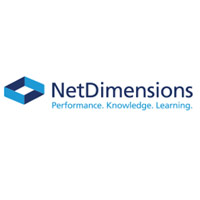Today there are hundreds of Learning Management Systems (LMS) on the market. Almost all of them provide basic functionality to manage, deploy, track and report on training.
But finding the right LMS features for your organization can be tricky. The process requires answers to a lot of questions.
Organizations require flexibility and agility in a dynamic marketplace. To begin the LMS evaluation process, reflect on what you need, as specifically as possible, to gain that flexibility. Make sure the LMS you choose will deliver the functionality you need.
The difference between configurable and customized LMS features
Every LMS comes with a long list of variables. Some must be configured as part of the implementation process. Some configuration is cosmetic, such as branding the LMS with a company logo. Cosmetic configuration is sometimes referred to as customization. But don’t confuse configuration and customization.
Configuration options are built into the application. Configuration is a normal and necessary part of the LMS implementation process; it is not an extra cost.
Building an application that accommodates configuration involves multiple layers, each with specific capabilities. At the application’s center is a core layer – also called a code layer – that’s not accessible to users. It protects the integrity of the code.
The middle layer is the configuration layer, which might hold the application’s ability to build comprehensive processes and workflows or flexible reports.
The user layer or user interface has some data-input capabilities accessible to the end user, where employees can enter and modify information.
By making changes through configuration, clients can mold the system to their unique needs without impacting the integrity of the core code. That also assures that configuration changes won’t clash with updates.

